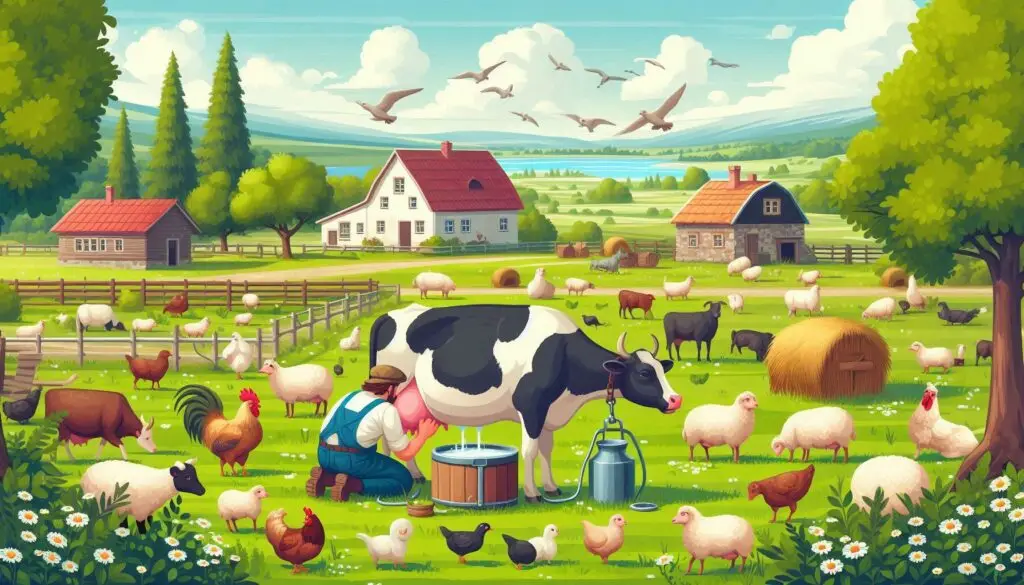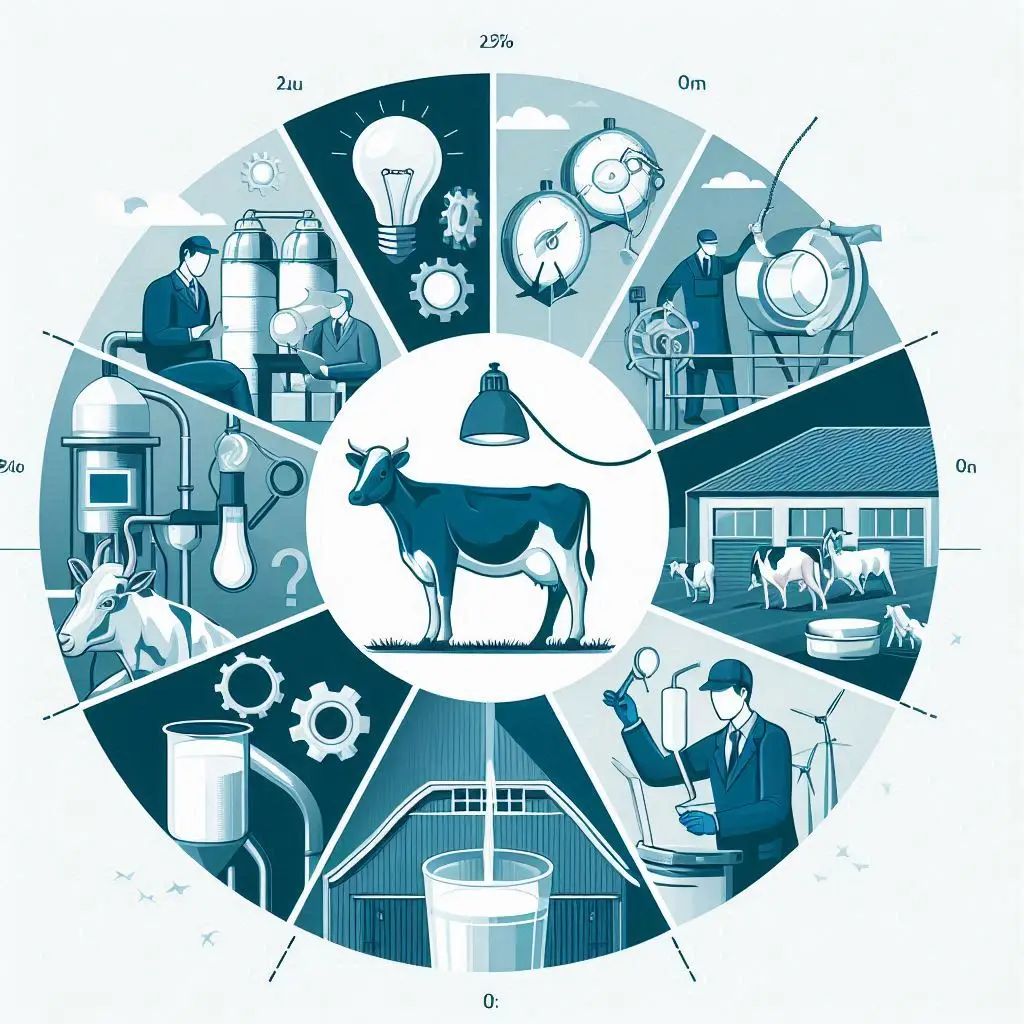Indigenous Pig Breeds of India

Introduction to Indigenous Pig Breeds
India is home to a rich variety of indigenous pig breeds. These breeds have evolved over time, adapting to the diverse climatic conditions and cultural practices across the country. They are essential for food security and contribute significantly to local economies. Understanding these breeds can help promote sustainable farming practices and preserve biodiversity.
Importance of Indigenous Breeds
Indigenous pig breeds offer several advantages:
- Adaptability: These pigs thrive in local climates and conditions.
- Genetic Diversity: They contribute to the genetic pool, which is vital for breeding programs.
- Cultural Significance: Many communities have deep-rooted traditions associated with these breeds.
- Economic Contribution: They provide meat and other products that support local economies.
For more information on the importance of livestock diversity, you can visit FAO’s Livestock Diversity.
Overview of Notable Indigenous Pig Breeds
Ghoongroo
Origin and Distribution
The Ghoongroo breed originates from the eastern Sub-Himalayan region of West Bengal, particularly North Bengal.
Characteristics
- Color: Predominantly black with white hooves.
- Physical Features: They have a broad face and large pendulous ears resembling those of elephants.
- Size: Medium-sized with a straight top line and a pot belly.
Cultural Significance
The Ghoongroo breed is valued for its high prolificacy and adaptability to low-input farming systems. Farmers often prefer this breed for its resilience.
For more insights on Ghoongroo pigs, check out this article on Indian Livestock.
Agonda Goan
Origin and Distribution
The Agonda Goan breed is primarily found in North Goa and South Goa districts.
Characteristics
- Color: Mainly black with some white patches.
- Physical Features: Small size with short ears and a short snout; known for being alert and aggressive.
Cultural Importance
Agonda Goan pigs are often raised for meat during festivals and weddings. Their unique flavor makes them a delicacy in local cuisine.
Learn more about the Agonda Goan breed from Goa’s Agricultural Department.
Tenyi Vo
Origin and Distribution
The Tenyi Vo breed hails from Nagaland, particularly in Kohima, Phek, and Dimapur districts.
Characteristics
- Color: Mostly black with some white patches.
- Physical Features: Long tapering snout; small erect ears; average weight around 40 kg.
Use in Local Communities
Tenyi Vo pigs are primarily raised for pork production within local communities. Their meat is highly sought after for its quality.
For further information on Tenyi Vo pigs, visit Naga Agricultural Research Station.
Nicobari
Origin and Distribution
The Nicobari breed is native to the Nicobar Islands.
Characteristics
- Color: Typically black.
- Adaptation: Well-suited to the local environment; traditionally reared by Nicobari tribes.
Cultural Role
Nicobari pigs are integral to the lifestyle and diet of the Nicobari people. They are often used in traditional ceremonies.
To learn more about Nicobari pigs, check out The Nicobar Islands.
Doom
Origin and Distribution
Doom pigs originate from Assam.
Characteristics
- Color: Generally black.
- Physical Features: Known for their robust build and adaptability to local conditions.
Economic Importance
Doom pigs are important for local meat production. Their hardiness makes them suitable for smallholder farming systems.
For more details on Doom pigs, refer to Assam Agricultural University.
Purnea
Origin and Distribution
Purnea pigs are found in Bihar and Jharkhand, particularly in Purnea and Katihar districts.
Characteristics
- Color: Black with possible white spots on limbs.
- Physical Features: Medium-sized with compact bodies and a thick line of bristles along the back.
Market Value
Purnea pigs are known for their meat quality. They are preferred in local markets due to their taste and texture.
For additional insights on Purnea pigs, visit Bihar Animal Husbandry Department.
Benefits of Raising Indigenous Pig Breeds
Raising indigenous pig breeds offers numerous benefits:
1. Low Input Costs
Indigenous breeds require less feed compared to exotic breeds. They thrive on locally available feed resources like kitchen scraps, agricultural by-products, and forage. This reduces overall feeding costs significantly.
2. Disease Resistance
Many indigenous pig breeds have developed resistance to local diseases over generations. This natural resilience lowers veterinary costs and improves survival rates.
3. High Prolificacy
Breeds like Ghoongroo are known for their high reproductive rates. Farmers can expect more piglets per litter, enhancing productivity without requiring additional resources.
4. Cultural Heritage Preservation
Raising indigenous breeds helps preserve cultural practices associated with animal husbandry. Many communities have traditional knowledge related to breeding and rearing these animals that can be passed down through generations.
5. Sustainable Farming Practices
Indigenous pig farming aligns well with sustainable agricultural practices. It promotes biodiversity, reduces reliance on chemical inputs, and supports agroecological systems.
Challenges Faced by Indigenous Pig Breeds
Despite their advantages, indigenous pig breeds face several challenges:
1. Genetic Erosion
With the increasing popularity of commercial breeds, many indigenous varieties are at risk of extinction. Crossbreeding with exotic species can dilute their unique genetic traits.
2. Lack of Awareness
Many farmers remain unaware of the benefits of indigenous breeds. This lack of knowledge can lead to a preference for exotic breeds that may not be suited for local conditions.
3. Market Access
Indigenous farmers often struggle with market access for their products. Limited marketing channels can hinder profitability compared to larger commercial operations.
4. Climate Change Impact
Changing climatic conditions can affect feed availability and increase disease prevalence among livestock populations. Indigenous breeds may require support systems to adapt effectively.
To learn more about challenges facing livestock diversity, visit FAO Livestock Diversity.
Conclusion
Indigenous pig breeds play a vital role in India’s agricultural landscape. They offer numerous benefits such as adaptability, disease resistance, low input costs, and cultural significance. However, challenges like genetic erosion and lack of awareness threaten their existence.
More from Genetics and Animal Breeding:
Family Selection in Livestock






Responses